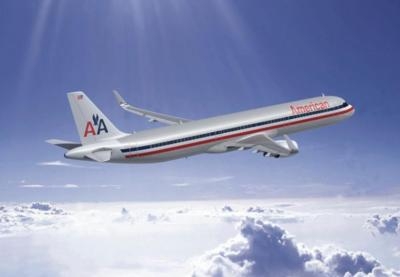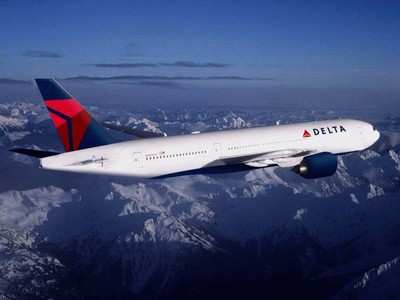Airlines Report Significant Improvements In Baggage Handling, Involuntarily Denied Boardings During First Half Of 2017
An estimated 16.1 million people will travel on an airliner over the Labor Day holiday period worldwide, according to projections from airline industry trade group Airlines for America (A4A). The estimate is an increase of 5 percent (110,000 passengers per day) from the 15.4 million passengers estimated to have flown during this period last year. Accordingly, airlines are adding 133,000 seats per day across their networks to accommodate the expected increase in demand.

Over the seven-day air travel period, beginning Wednesday, Aug. 30 and ending Tuesday, Sept. 5, ATL, LAX and ORD, respectively, are expected to be the three busiest U.S. airports based on departing seats in scheduled service. Friday, Sept. 1 is expected to be the busiest day, followed by Thursday, Aug. 31 and Monday, Sept. 4.
“As household wealth increases, ticket prices remain low and airlines large and small continue to grow, consumers are finding it easier and more affordable than ever to get away for personal or family travel,” said A4A Vice President and Chief Economist John Heimlich. “While we expect a growth in passenger traffic over the Labor Day holiday, flyers can rest assured that U.S. airlines have appropriately increased the number of seats available for their late summer getaways.”
U.S. airlines reported the following operational results for the first half of 2017, according to the Department of Transportation:
- U.S. airlines completed 98.55 percent of domestic flights, down slightly from 98.75 percent in the same period of 2016;
- Airlines posted an on-time arrival rate of 78.66 percent, down from 81.42 percent;
- Mishandled bag rate improved from 2.65 per 1,000 passengers to 2.54 – the lowest level ever recorded;
- The rate of involuntarily denied boardings fell from 0.62 per 10,000 passengers to 0.52 – also the lowest level ever recorded.
- “Airlines regularly invest in their workforce and new technologies, and put in place processes to improve operations and enhance the customer experience. The industry’s nearly 99% flight completion rate and record-low rates of involuntarily denied boardings and mishandled baggage reflect these investments,” continued Heimlich.
Meanwhile, domestic seat supply is at its highest level since 2005 and international supply is at an all-time high.

Nine U.S. passenger airlines (Alaska, Allegiant, American, Delta, Hawaiian, JetBlue, Southwest, Spirit and United) collectively reported a pre-tax profit margin of 11.4 percent ($9.2 billion) for the first half of 2017, down from 15.5 percent ($12 billion) during in the first half of 2016. The decline in profitability was attributable to expenses surging 9.1 percent, outpacing 4.2 percent growth in revenues. Higher operating expenses were driven by increases in fuel (+19.9%), labor (+9.1%), maintenance (+8.3%), aircraft (+6.8%) and airport rents and landing fees (+3.1%).
Operating revenues rose largely on 2.8 percent more passenger traffic, accompanied by a 1.2 percent increase in passenger yield (airfare per mile).
Overall, U.S. inflation rose 2.2 percent in the first half of 2017, implying a 1 percent year-over-year decline in inflation-adjusted (“real”) airfare.
Airlines are reinvesting in the customer experience at a rate currently outpacing 2016. The nine U.S. passenger airlines cited above collectively reinvested $1.6 billion per month during the first half of 2017 in their product and the customer experience. These investments include enhanced baggage and airport security systems, expanded route networks and seat capacity, improvements to in-flight Wi-Fi and in-flight entertainment, new aircraft and airport amenities such as upgraded terminals and lounge space.
(Images from file)
 TikToker Arrested After Landing His C182 in Antarctica
TikToker Arrested After Landing His C182 in Antarctica Classic Aero-TV: Versatile AND Practical - The All-Seeing Aeroprakt A-22 LSA
Classic Aero-TV: Versatile AND Practical - The All-Seeing Aeroprakt A-22 LSA ANN's Daily Aero-Term (06.27.25): Hazardous Weather Information
ANN's Daily Aero-Term (06.27.25): Hazardous Weather Information ANN's Daily Aero-Linx (06.27.25)
ANN's Daily Aero-Linx (06.27.25) Aero-News: Quote of the Day (06.27.25)
Aero-News: Quote of the Day (06.27.25)




